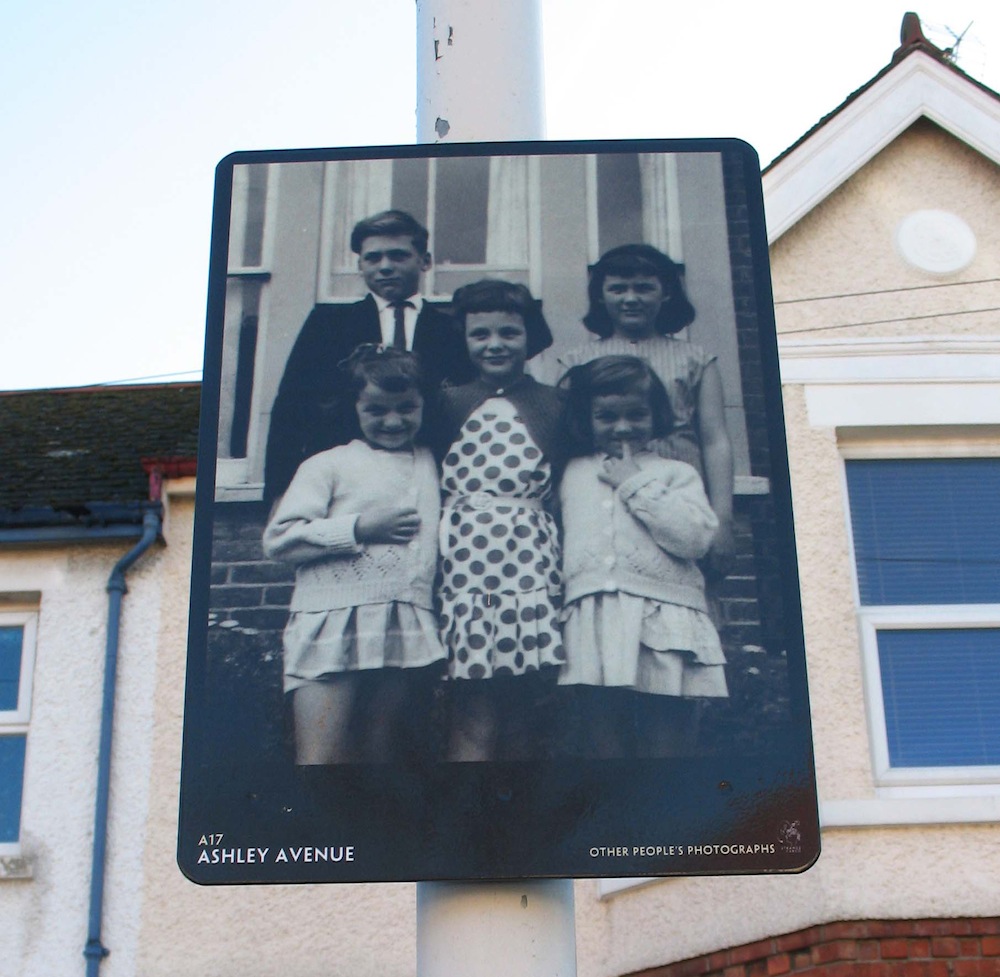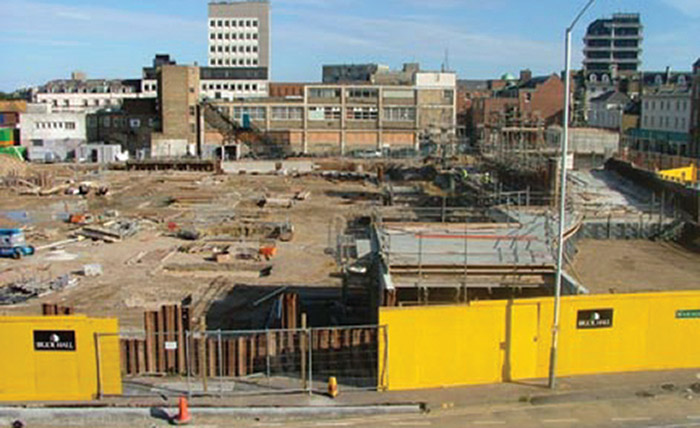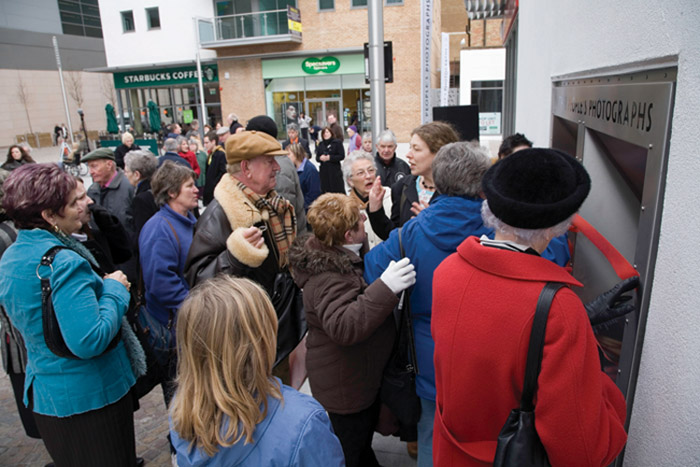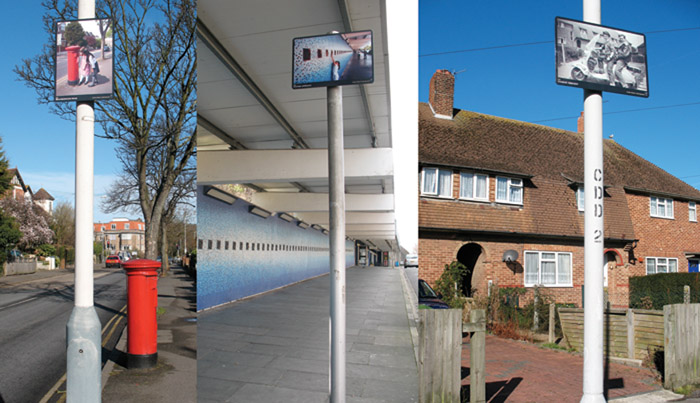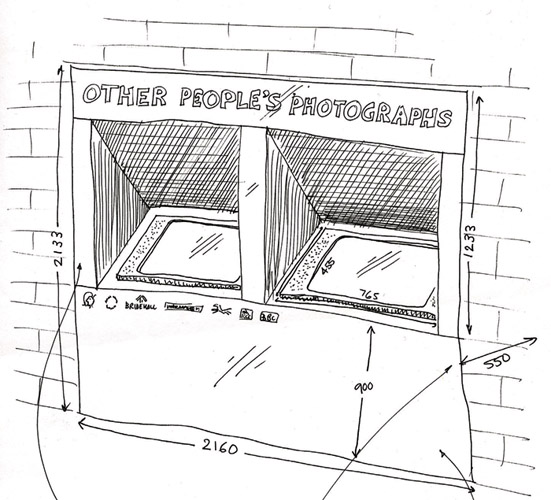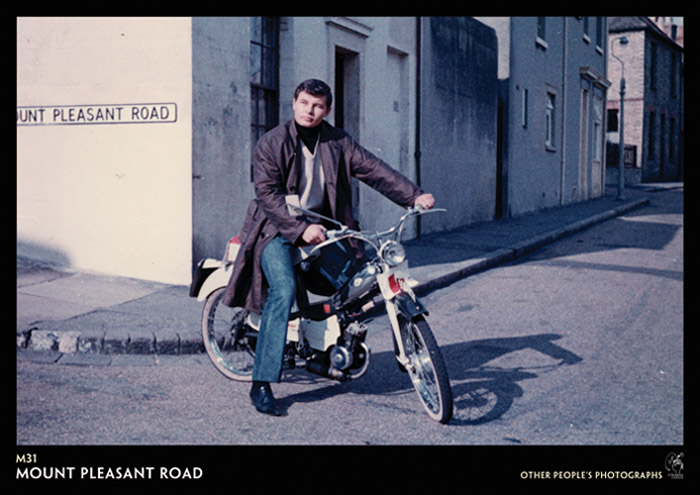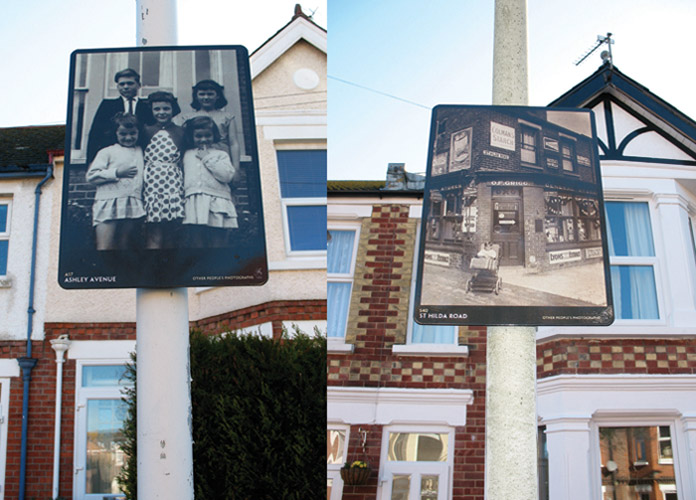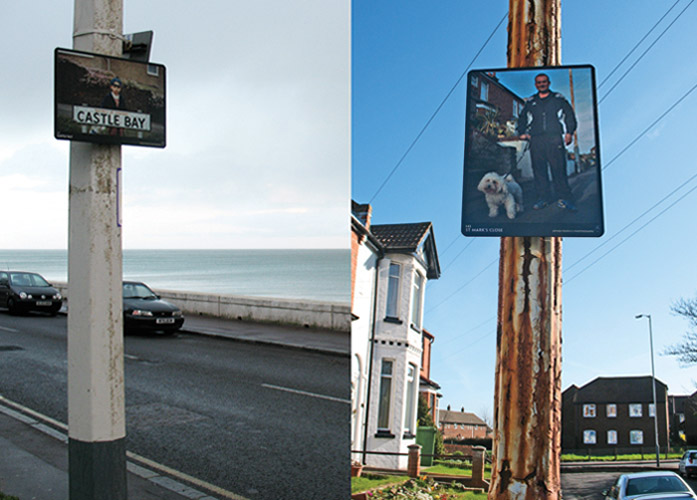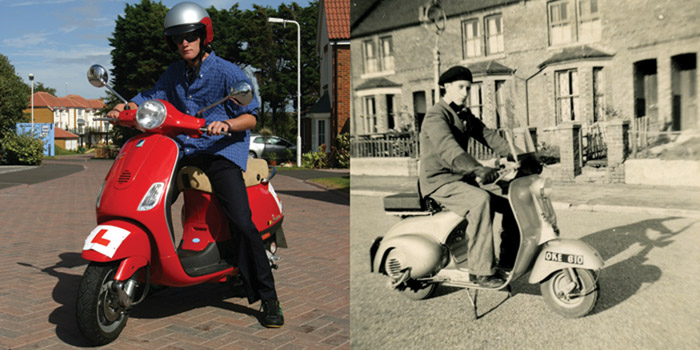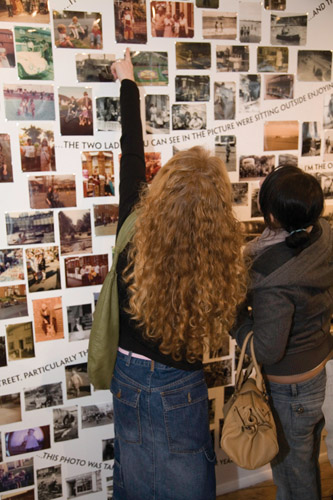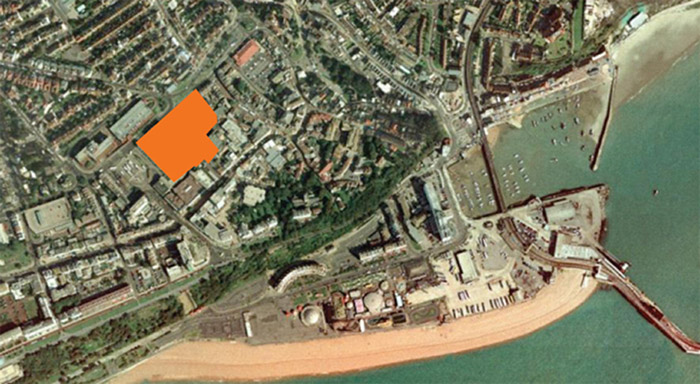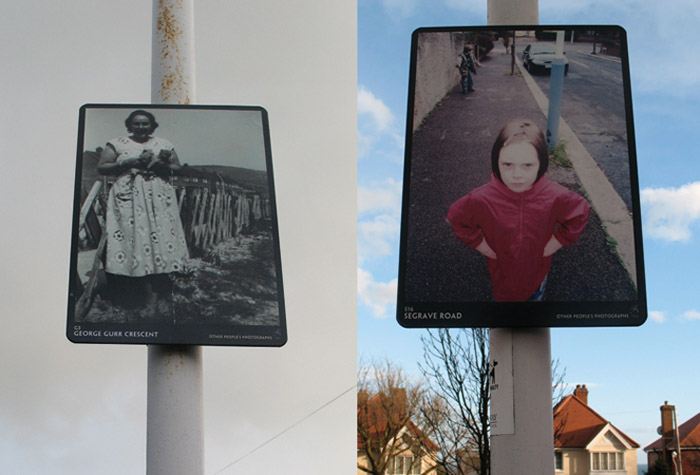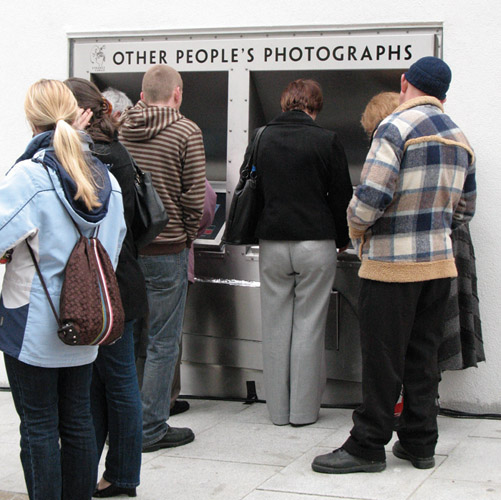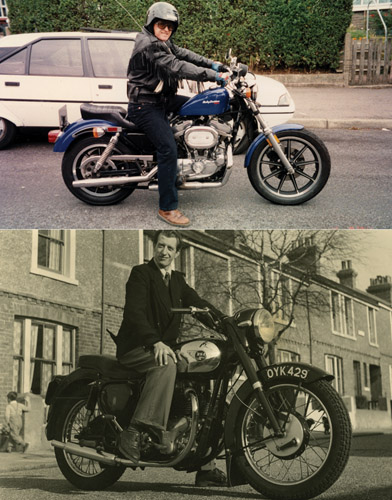Previous state
Over the years, Folkestone’s urban landscape has slowly been changing with the appearance of new buildings replacing old ones while the underlying structure of the city’s planning has remained unchanged. Suddenly, however, the new Bouverie Place shopping centre and its surrounding public places brought about changes in this tendency. This is the most ambitious construction project that the centre of Folkestone has seen for generations. It has had a great impact on a zone of considerable extension and constitutes a territorial landmark that is visible from kilometres away. Before work began, the planning process for this regeneration had been underway for over a decade. Over this period, the buildings that occupied the site were systematically demolished, giving rise to large unaccommodating vacant lots that were used as car parks. This had the effect of isolating the zone so that it was gradually losing its relationship with the rest of the city centre.Aim of the intervention
Once the work was done, the renewed physical connection was established by way of a new square presided over by the shopping mall and from which a network of pedestrian thoroughfares opened out in the city centre. However, it still remained to establish a meaningful relationship between the city and Bouverie Place so that the latter would be definitively assimilated and absorbed into collective consciousness. With this in mind, and an investment of over 300,000 euros contributed by Bride Hall, Interreg III and the Shepway District Council, the Strange Cargo Arts Company produced the artistic intervention named "Other People’s Photographs".Description
Over two years, a collection was made of more than 1,500 photographs of people, taken over 125 years in the city’s public spaces and in those of the adjoining municipalities of Cheriton and Sandgate. A selection of 540 was made in such a way that each place was represented by only one photograph. Every one of these photographs was reproduced on a metal support and hung in the space where it was taken. The voice of the owner of the photograph was recorded, telling the story that goes with it. They show children on bicycles, people proudly posing with a new car, street festivities and a whole series of everyday scenes personally experienced in public space. Two tactile screens installed in Bouverie Place enable people to look at all the photographs, listen to the explanations and situate them on a digital map of the city. The photographs that were not selected to be exhibited in the street can also be viewed on the screens.Assessment
People who visit the square cluster round the screens, which provide a good pretext for strangers to strike up conversations about the memories the photographs summon up. Their individual, everyday, almost homely scenes are projected on to the setting of public space, thus establishing a nexus between personal reminiscence and collective memory. The new square is now the hub of a network of common recollection that, superimposed over the physical network of streets that lead away from it, spreads out over the whole city.David Bravo Bordas, architect
[Last update: 02/05/2018]


